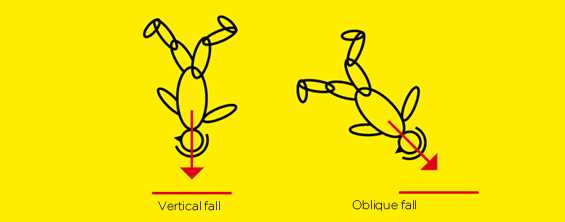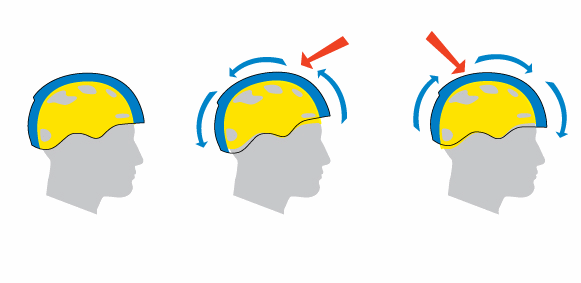MIPS Enhances Ski Helmet Safety
Developed in conjunction with Swedish neurosurgeon Hans von Holst, MIPS technology mimics the brain’s protective mechanisms to enhance the safety of helmets.
Skiers have traditionally worn helmets only when required (e.g., small children, competitors). Yet over the last few years, as helmets get stylish design makeovers and safety awareness increases, skiers and snowboarders have become more receptive to helmets on the ski hill. This season, however, there is an even better reason to don a protective shell: Swedish brain protection company MIPS (Multi-directional Impact Protection System) has been adopted by a number of helmet makers to enhance the safety of their helmets.
Far beyond just another color option or headphone-integrated helmets, MIPS was developed in conjunction with Swedish neurosurgeon Hans von Holst. In 1997, von Holst, who was tired of seeing similar brain injuries in athletes, began to investigate how to build a safer helmet. His focus became attempting to mimic the brain’s protective mechanisms based on the way cerebrospinal fluid cushions the brain against rotational impact.
Not many skiers fall in a direct, vertical impact on their head, but they do hit fixed objects at oblique angles quite a bit. In fact, rotational impacts account for the vast majority of accidents and subsequent brain injury. The brain’s built-in protective mechanism allows the brain to slide after impact, on a layer of cerebrospinal fluid found between the skull and brain tissue. Most action sport’s impacts, however, vastly exceed the protective ability of this natural system.

Not many skiers fall in a direct, vertical impact on their head, but they do hit fixed objects at oblique angles quite a bit.
Studying the brain’s built-in defenses, von Holst and his team of biomechanical engineers developed a corresponding amplification to be built unobtrusively into helmets. The result is a low-friction, movable layer between the liner and the helmet shell, which helps to decrease the rotational acceleration of your brain inside your skull after impact. According to MIPS, the system reduces the rotational impact on brain tissue by as much as 50 percent over a traditional helmet.

Biomechanical engineers developed a low-friction, movable layer between the liner and the helmet shell.
The first ski helmets equipped with MIPS were introduced in 2010, when Swedish body armor brand POC began building it into some of its top helmets like the Backcountry Receptor MIPS. It hasn’t taken long for other helmet makers to catch on and join POC: this year, MIPS-equipped ski helmet models are being offered by Red Burton, Sweet, TSG, and Scott.
As industry knowledge of MIPS increases, not only are more ski helmet makers signing on, but those in other sports are as well. From equestrian supplier Back on Track (which first debuted MIPS in 2009) to a recent collaboration with Italian off-road motorcycle company AIROH, as well as mountain and road-bike offerings from POC, Lazer, and other brands, the concept is gaining traction.
Now that multiple companies are offering multiple style and price-point options equipped with MIPS, athletes are more likely to find a helmet that fits their dig and their wallet. Red’s Hi-Fi MIPS helmet by Burton, begins at $149.95, and you never know: that few extra dollars spent today might save you a lot more cash tomorrow.
---
Did you enjoy this story? Subscribe to our email list to receive more articles like this, fresh content, film updates and more!

